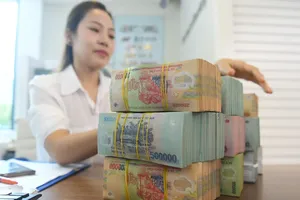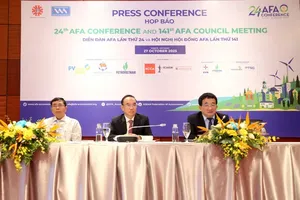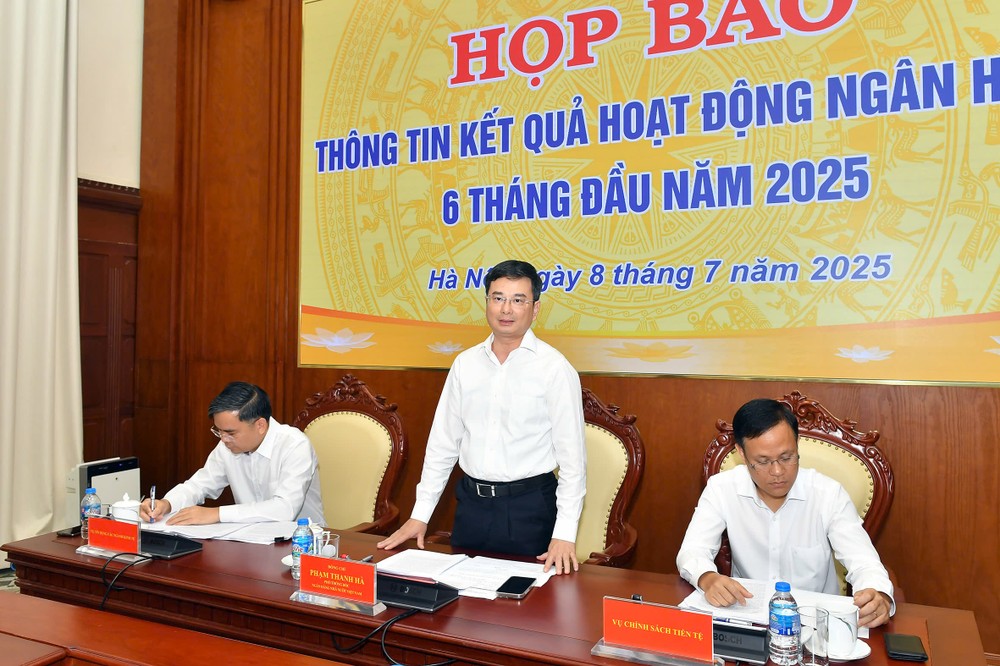
Speaking at the event, SBV Deputy Governor Pham Thanh Ha stated that during the first six months of the year, the central bank pursued a flexible and proactive monetary policy, in close coordination with other macroeconomic policies.
As for credit growth, by the end of June 2025, total outstanding credit across the economy had surpassed VND17.2 quadrillion, marking a 9.9 percent increase compared to the end of 2024. This is the highest growth rate recorded since 2023, reflecting the effectiveness of maintaining policy interest rates alongside proactive and adaptive credit policies.
The SBV directed credit flows toward priority sectors such as production, business operations, agriculture, technology, and social housing, while maintaining tight control over lending to high-risk areas like luxury real estate and speculative assets.
A series of large-scale targeted credit packages have also been deployed, most notably a VND145-trillion package for social housing and renovation of old apartment buildings, a VND500-trillion package supporting infrastructure and digital transformation, and a VND100-trillion package for the agriculture, forestry, and fishery sectors. These initiatives have not only fueled growth in key industries but also contributed to social stability and improved welfare.
In parallel, the SBV has urged commercial banks to accelerate digital transformation and IT adoption, identifying this as a fundamental solution to lowering operating costs and thereby enabling reduced lending rates.
According to SBV data, digital transactions now account for over 95 percent of total banking activity at many institutions. The non-cash payment ecosystem continues to expand impressively: QR code-based transactions rose by nearly 77 percent in volume and 80 percent in value; internet banking transactions climbed by 47 percent; and mobile transactions surged by almost 40 percent. The sector’s electronic payment infrastructure remains stable and secure, effectively meeting the rising demands of both individuals and businesses.
SBV representatives emphasized that one of the key pillars supporting macroeconomic stability in the first half of the year was the effective management of exchange rates and inflation control. Despite fluctuations, the Vietnamese dong remained within a manageable range, thanks to the coordinated use of monetary policy tools. The SBV ensured the smooth functioning of the foreign exchange market, fully meeting legitimate foreign currency demands of the economy, thereby stabilizing the balance of payments, reinforcing confidence in the domestic currency, and maintaining a low-inflation environment.
Looking ahead, the SBV will prioritize key measures to support economic growth, including reducing operational costs, accelerating digital transformation to lower lending rates and enhance competitiveness, closely monitoring domestic and global market developments, and managing exchange rates flexibly to maintain forex market stability and inflation control.
The central bank also remains committed to directing credit toward prioritized sectors, channeling capital into production, business, technology, and agriculture, while avoiding overheating in risk-prone areas. It will continue restructuring the credit institution system in tandem with tackling bad debts, preventing the emergence of new non-performing loans, promoting non-cash payments, and implementing regulations related to regulatory sandboxes and consumer protection.
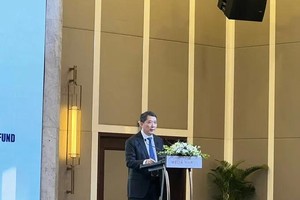




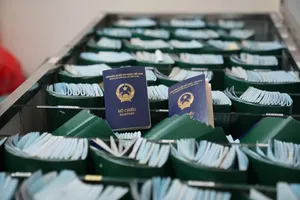



)

)





